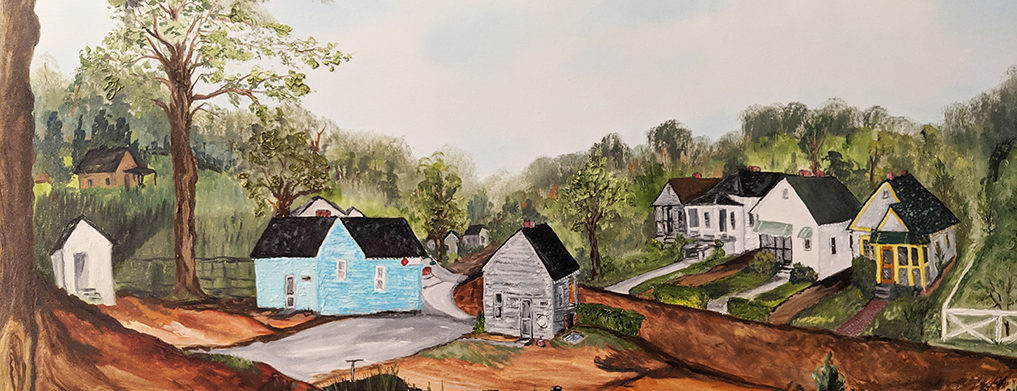Decatur Cemetery
The 58-acre Decatur Cemetery was founded in 1823 and its old section is on the National Register of Historic Places.
Until the mid-20th Century, when the newer part of the cemetery came into use, the old part of the cemetery was segregated, with three separate regions being reserved for African American burials. There is no one African American section of the old cemetery, but rather they are spread out, often times with little sign of a racial boundary between graves.

While the cemetery has a numbering system for sections in the newer part, the only numbered section of the old cemetery is Section 6, in the southeast region. Because the only numbered section in the old cemetery is to denote African American burials, I refer to all three segregated areas of the old cemetery collectively as “Section 6”: Section 6 North, Section 6 Central, and Section 6 East (or, Section 6 proper).
In the northern and central segregated sections, the racial border between graves is not always clear, but Section 6 is entirely segregated by a looped path and a hill and uses a separate lot numbering system; instead of just a standard number, it first goes by block, then lot number. For instance, Edward Wesley Bowdre is buried in Section 6, Block 7, Lot 6 [B7.6].
The oldest documented named African American burials were of Dorcas Henderson, Israel Sanford, and Simon Read in 1886. Although newspaper accounts state that 34 African Americans were buried there in 1883, and 36 in 1885, it is believed that African Americans have been buried in the cemetery much earlier than this, but research is ongoing. Because many people often purchased family plots in advance, burials continued in Section 6 decades after segregation, including Cleo Marks in 2000 and both Anita Doris Hall and Linton Wendell Gaines in 2011.


